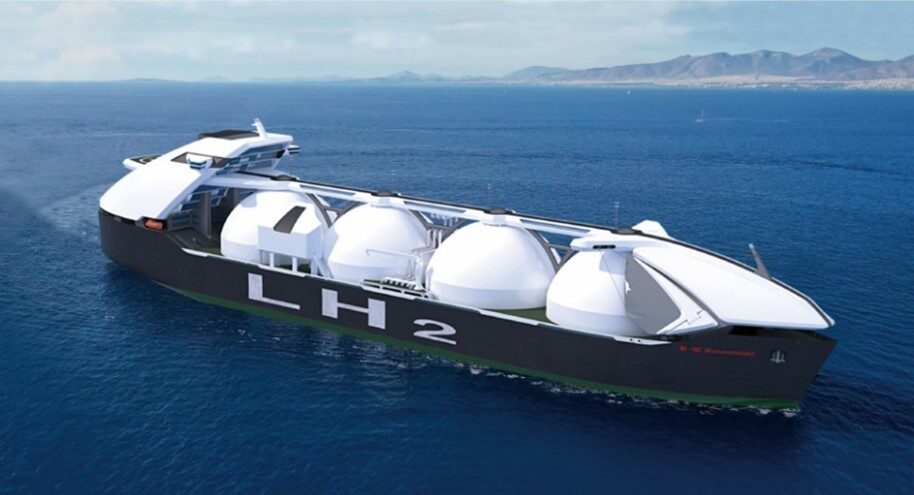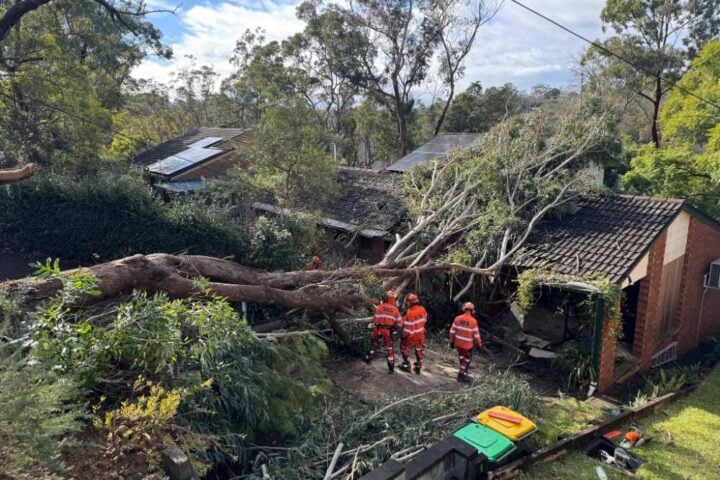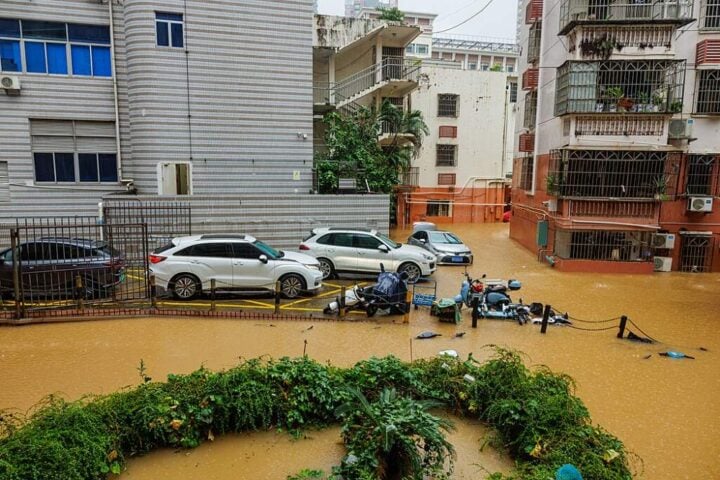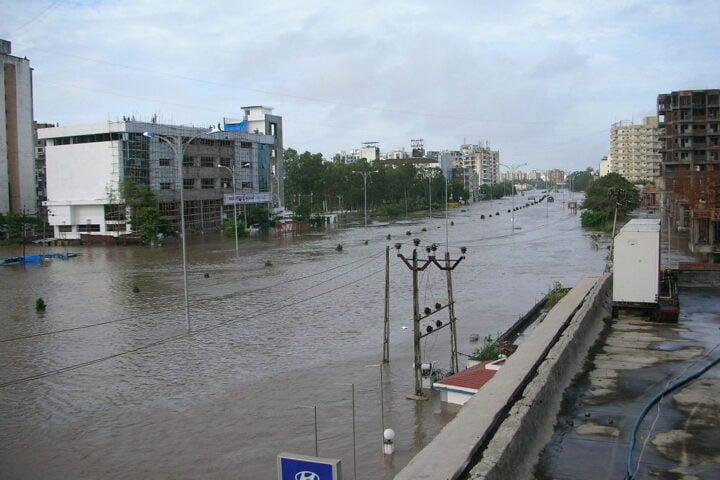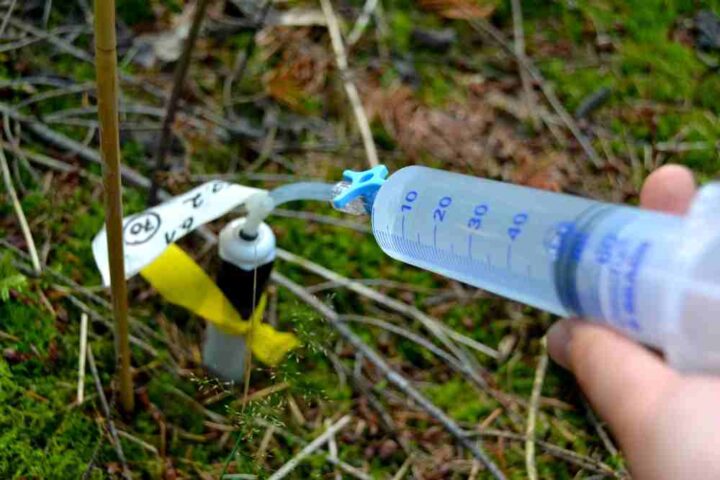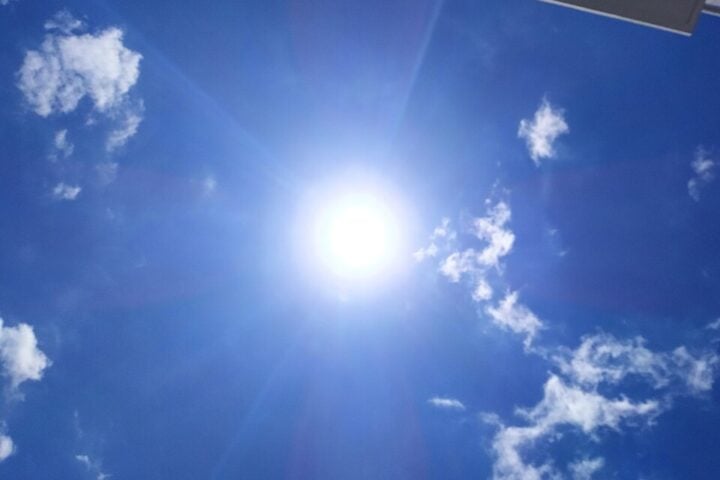Diving into the uncharted waters of environmental science, Hiroshi Okochi and his team from Waseda University have unearthed startling revelations about airborne microplastics (AMPs) lurking in our clouds. “If the issue of ‘plastic air pollution’ is not addressed proactively, climate change and ecological risks may become a reality, causing irreversible and serious environmental damage in the future,” explains Okochi, emphasizing the urgency of addressing this looming threat to our planet.
Published in Environmental Chemistry Letters, this pioneering study, with a sprinkle of expertise from Yize Wang and Yasuhiro Niida, peels back the layers on “plastic air pollution.” Picture this: scientists, perched on the summits of Mount Fuji and Mount Oyama, collecting cloud water samples. They’re using gadgets and gizmos like µFTIR ATR imaging to uncover the secrets of microplastics hidden in the droplets. And voila! They discover nine different polymers and a type of rubber dancing in the atmosphere.
But here’s the kicker – a lot of the polypropylene is showing signs of wear and tear, breaking down into carbonyl and hydroxyl groups. The clouds are teeming with these hydrophilic polymers, playing a crucial role as “cloud condensation nuclei” and influencing how clouds form. “These findings confirm that AMPs play a key role in rapid cloud formation, which may eventually affect the overall climate,” the study reveals.
The study drops a truth bomb – AMPs are breaking down at warp speed in the upper atmosphere, thanks to the sun’s UV rays, releasing greenhouse gases and cranking up the global thermostat. “AMPs are degraded much faster in the upper atmosphere than on the ground due to strong ultraviolet radiation, and this degradation releases greenhouse gases and contributes to global warming,” warns Okochi, highlighting the risk of disrupting Mother Nature’s balance and biodiversity, especially in the polar regions.
“It’s high time we factor in AMPs when we talk about global warming projections,” the research advocates. These microplastics, tiny invaders smaller than 5 mm, are everywhere! They’re hitching a ride on ocean sprays, infiltrating the atmosphere, and possibly causing “plastic rainfall.” It’s a sci-fi scenario, but it’s happening!
Humans and animals are breathing in and gobbling up these particles, finding them camping in organs like the lungs and heart. The study gives us the 411 on the size of these AMPs, some of the smallest spotted in the free troposphere. It’s a deep dive into how these particles are influencing cloud formation and shaking up the climate.
Similar Posts
“We’re standing at an environmental crossroads,” the study suggests, highlighting the need for action against plastic air pollution. With samples collected from varying altitudes, it offers a kaleidoscope of insights into the journey of AMPs in the biosphere and their impact on us and the environment.
The research is adding a new chapter to our understanding of microplastics, which has mostly been about aquatic ecosystems. “The findings suggest that addressing plastic air pollution is imperative for preventing further ecological risks and climate change,” the study concludes.
The collaboration between the researchers is a testament to the power of interdisciplinary teamwork in solving complex environmental conundrums. The detailed analysis of cloud water samples is a stepping stone to understanding the interaction between microplastics and atmospheric elements.
The study is shining a spotlight on the rapid degradation of AMPs and its significance in climate studies. The diverse sample collection sites offer a panoramic view of the presence of AMPs in different atmospheric conditions. It underscores the importance of continuous exploration and study of airborne microplastics in various environmental nooks and crannies.
“The findings of this study can be used to account for the effects of AMPs in future global warming projections,” Okochi asserts, urging us to address the challenges posed by microplastics in the atmosphere. The study paints a detailed picture of the environmental journey of microplastics, from land and oceans to the atmosphere and clouds. Hiroshi Okochi’s leadership is a guiding light, instilling a sense of urgency in addressing the environmental implications of airborne microplastics. Let’s gear up, science nerds, eco-warriors, and citizens of Earth – it’s time to tackle the plastic menace head-on!


